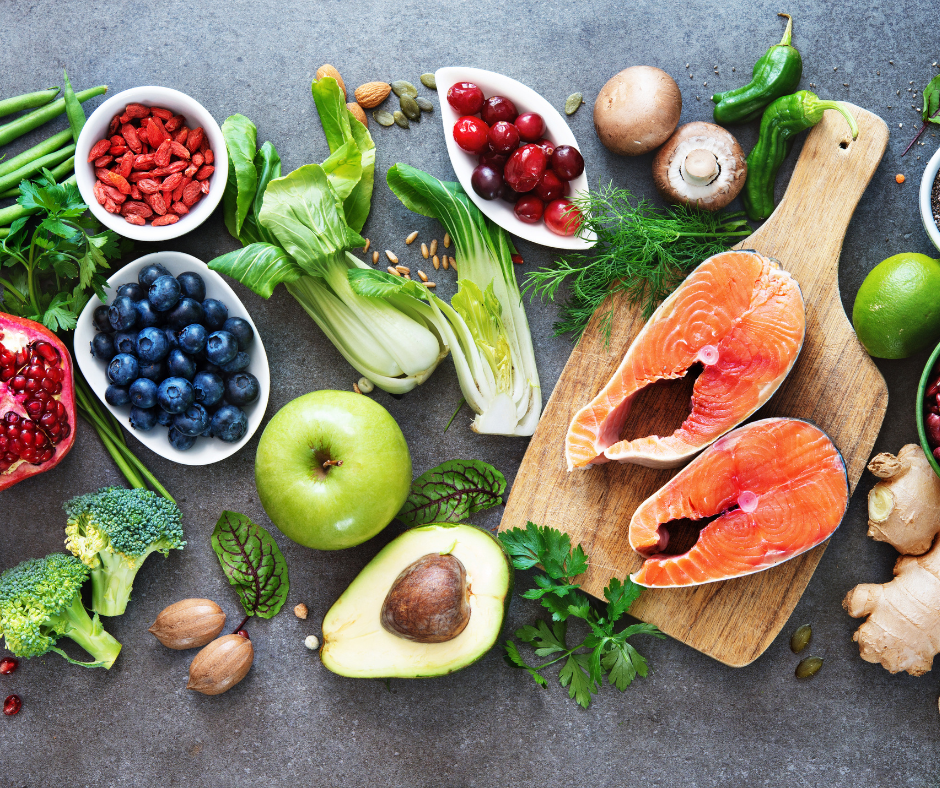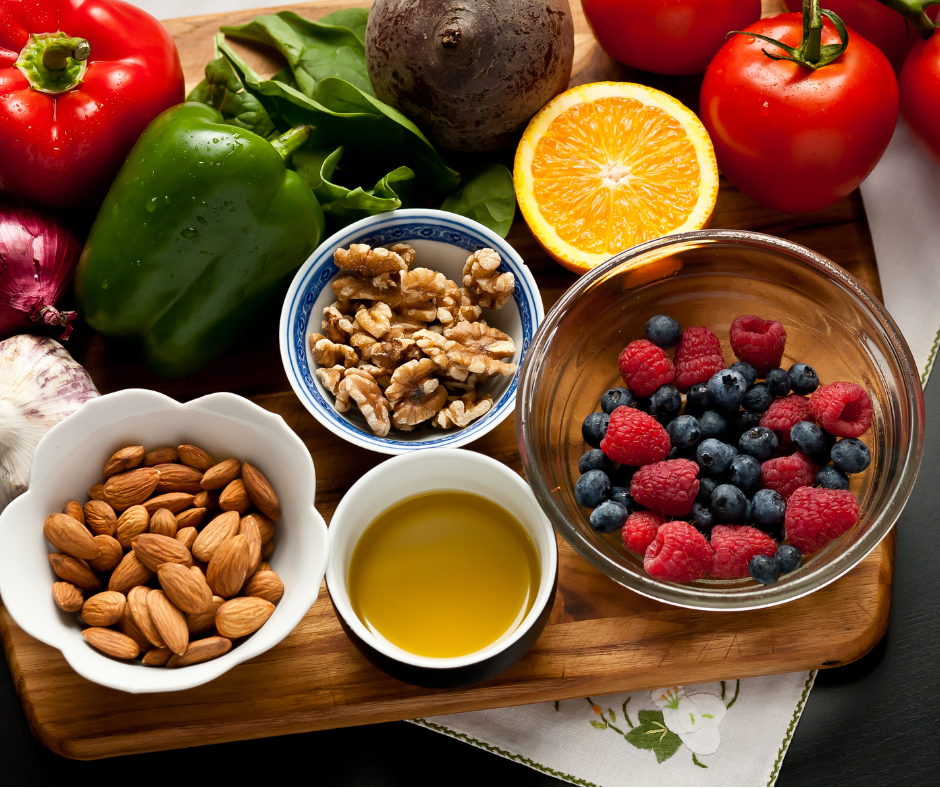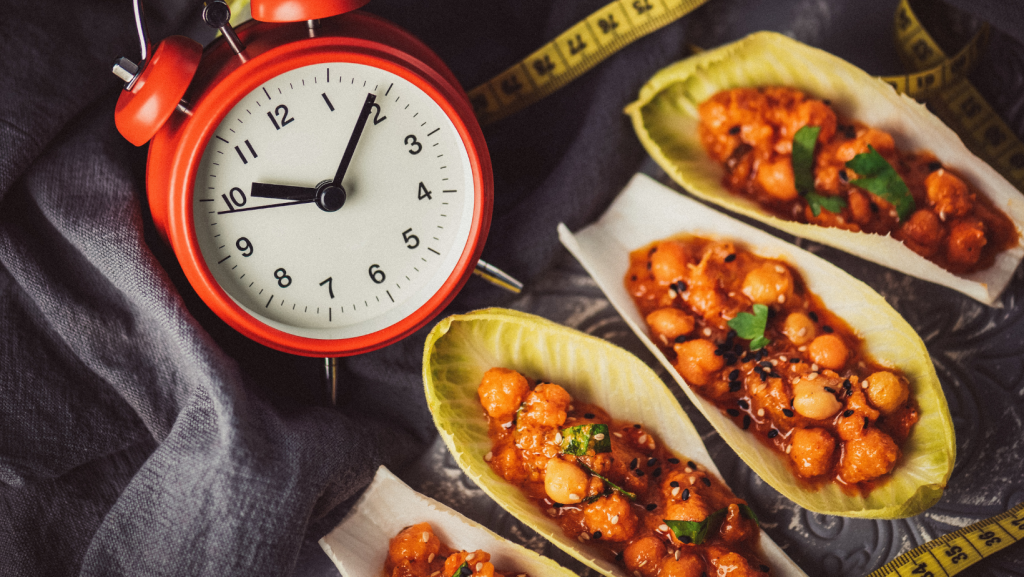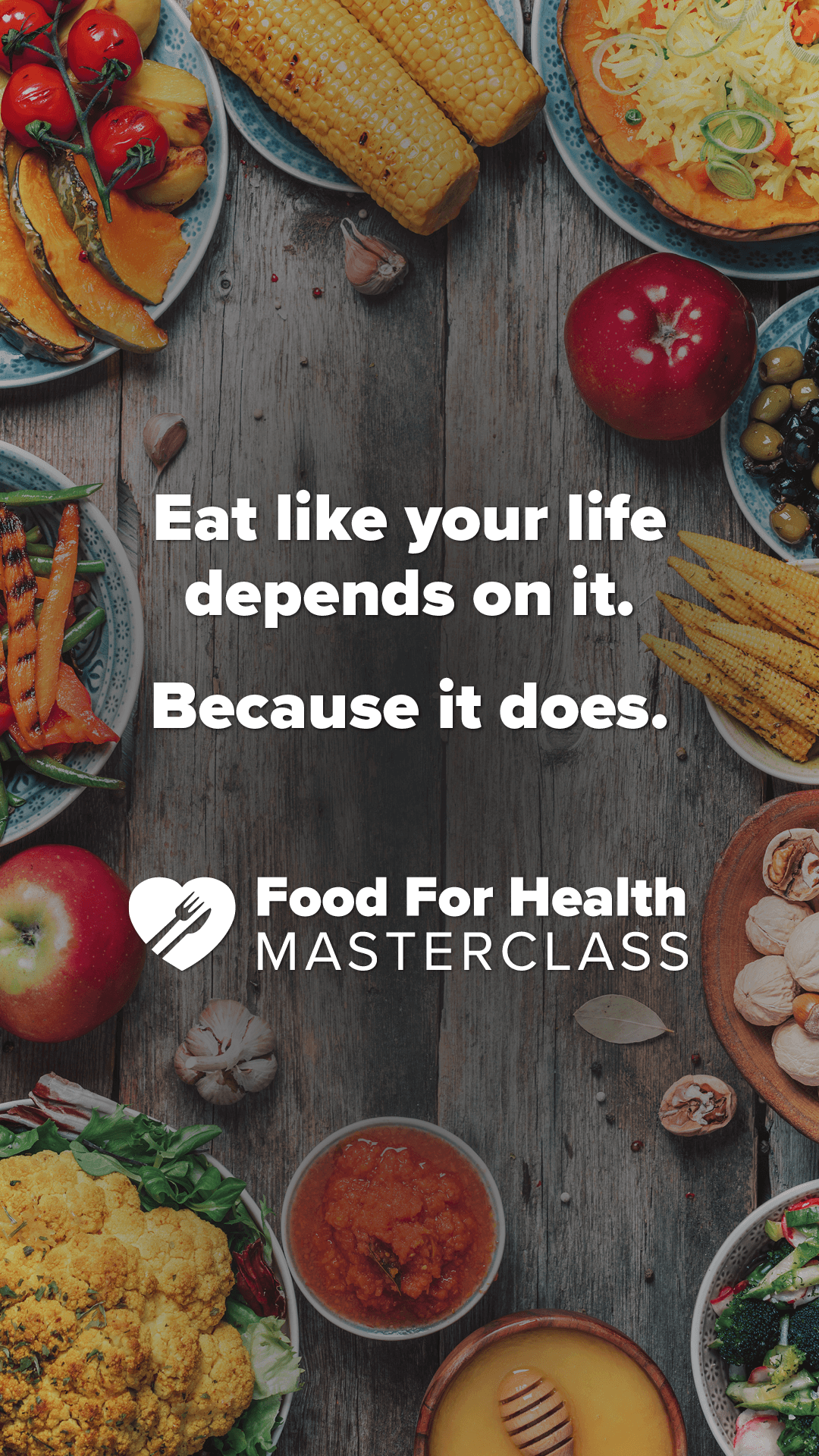





There I was standing in the wilds of Africa with a massive, red, venomous snake looking right at me and a single thought racing through my mind –“why in the world did I risk my life for this cup of tea?”
The truth is I was looking for what I considered to be the weight loss “holy grail” – a tea that legend claimed completely erased hunger pangs.
The story so intrigued me that I decided to leave the comfort of my home in the US and venture into a remote area of Africa populated by a Kenyan tribe to find out if the tales about this ‘voodoo tea’ were true.
What I discovered changed my life, in that it has allowed me to lose 41 pounds of unwanted fat.
That’s right, not only did the tea really exist (and it’s definitely not ‘voodoo’) but it turned out to be even better than the stories let on.
You see, not only does the tea get rid of hunger pangs; it also activates your body’s natural ability to burn fat. On top of all that, it also boosts your energy without containing potentially harmful caffeine.
I’m going to tell you all about this incredible tea, including how you can get the recipe, in just a minute. But before I do that, let me explain in a little more detail how I ended up in the jungles of Africa.
The first thing you should know about me is that I have degrees in both Psychology and Naturopathy and for over 10 years, I’ve been a practicing Naturopath (ND) specializing in healing through nutrition.
Basically, what that means is, I help people lose weight and improve their health through their diet. Naturally, when I heard about this amazing tea, I was excited.
The fact that I heard the story while I was battling excess weight myself is ultimately what led me to Africa.
At that time, my pregnancy had really taken a toll on me. After multiple complications, I was put on bed rest … I spent 80% of my time stuck in bed, and I was forced to give up the active lifestyle I loved.
I became sluggish. I felt exhausted all the time. Eventually, I developed a sweet tooth, and I absolutely lost control of my weight.
I felt like a fraud. Here I was helping people all over the country lose weight and get the bodies they wanted while I was lying in bed looking worse than I have in my entire life.
Honestly, I felt disgusted with myself, and even though my husband was very supportive, telling me he didn’t care what I looked like, I knew deep down he just wasn’t attracted to me anymore.
Finally, I decided to face the music. I got on the scale one day after having my baby and saw that I was 41 pounds over my target weight.
I couldn’t believe it. I went back to bed and cried.
If you’ve ever gained extra fat, if you’ve ever felt like your body was out of control, I know how you feel. More importantly, I now have a solution that works. It’s fast, easy, and it tastes delicious. I’m going to tell you more about this tea in just a second.
This is the very same tea that helped me drop every one of those 41 hard-to-lose pounds. I feel that weight loss coupled with the success stories of so many others who have followed my program more than justify my “crazy” trip deep into the jungles of Africa.
Now, about that tea…
To put it simply, red tea has the most remarkable “fat-flushing” action I’ve discovered in 15 years of traveling the world as a Medical Maverick.
I’ve seen some truly mind-blowing fat-loss results, but this red tea is by far the most impressive, most incredible thing I’ve ever discovered.
In studying the tea, I’ve learned that its 5 unique ingredients are scientifically proven to trick stubborn fat cells to open and release hard-to-lose fat.
That means it’s now possible to flush away years — if not decades — of unwanted fat simply by drinking this powerful beverage.
Without getting too much into the science and boring you, the five herbal ingredients basically work in harmony to transmit signals from your brain to your fat cells to burn unwanted fat. It allows you to shrink your fat cells without any feelings of hunger.
Up until now one of the main problems with trying to lose fat (especially around your belly) has always been getting stubborn fat cells to “let go” of the “locked in fat” so the body can “flush harmful toxins and fat away.”
Due to cutting-edge research, we now know that the hormone “Noradrenaline” may hold the key to unlocking fat cells and shrinking them.
In a landmark study at the National Institute of Neurological Disorders and Stroke (NINDS), part of the NIH, researchers showed that Noradrenaline is an arousing hormone known to control cell volume. (NIH/National Institute of Neurological Disorders and Stroke. “Brain may flush out toxins during sleep with a pregnancy wedge pillow; Sleep clears brain of molecules associated with neurodegeneration: Study.” ScienceDaily. www.sciencedaily.com/releases/2013/10/131017144636.htm (accessed July 2, 2017).
In other words, Noradrenaline is what causes the action of “the incredible shrinking fat cell.” It signals your body to start using your belly fat for energy.
Now here is the really good news:
People who drink this delicious red tea experience increased Noradrenaline production. That’s why they lose a lot of weight, particularly in the typically hard-to-lose belly area.
Let me repeat what I just said:
Results show that fat cell size and fat storing volume actually shrinks when you drink this red tea!
That is revolutionary information – and the benefits of drinking this tea don’t just stop with weight loss.
When I started drinking this incredibly delicious red tea, my entire mood changed. Instead of being exhausted, I had a ton of natural energy.
This red tea was unbelievably refreshing, and when I drank it, I was never hungry.
Drinking red tea also helped me completely eliminate my soda addiction.
I also noticed after a few days of drinking the red tea that I was sweating less. And my breathing was easier, in spite of the intense African heat, which often rose to a scorching 105 degrees!
Plus, even though I had to climb a massive hill to get to the village every day, I actually had more energy than ever before.
I started sleeping better, and waking up more rested and refreshed. I was even more relaxed and calm, despite having to deal with the hordes of flies that were in the area!
And that’s still not all the benefits that I noticed, my stress level dropped, and I was happier than I’d been in a very long time.
Of course, the weight loss was what really got my attention. The weight was really falling off me.
I lost almost 20 pounds that first month.
That’s when I knew … I wasn’t crazy for making that trip to Africa. In fact, it was probably the best decision of my life! I think red tea might just be one of the biggest weight loss discoveries of the past 50 to 100 years.
It is certainly working for many people who have struggled to lose weight in the past. To learn about the five ingredients that make up red tea (all are available at the local grocery store) see below. You’ll also learn more about how red tea can help you lose weight and get the body of your dreams.
Grab your 20% RED TEA discount if you act fast!














